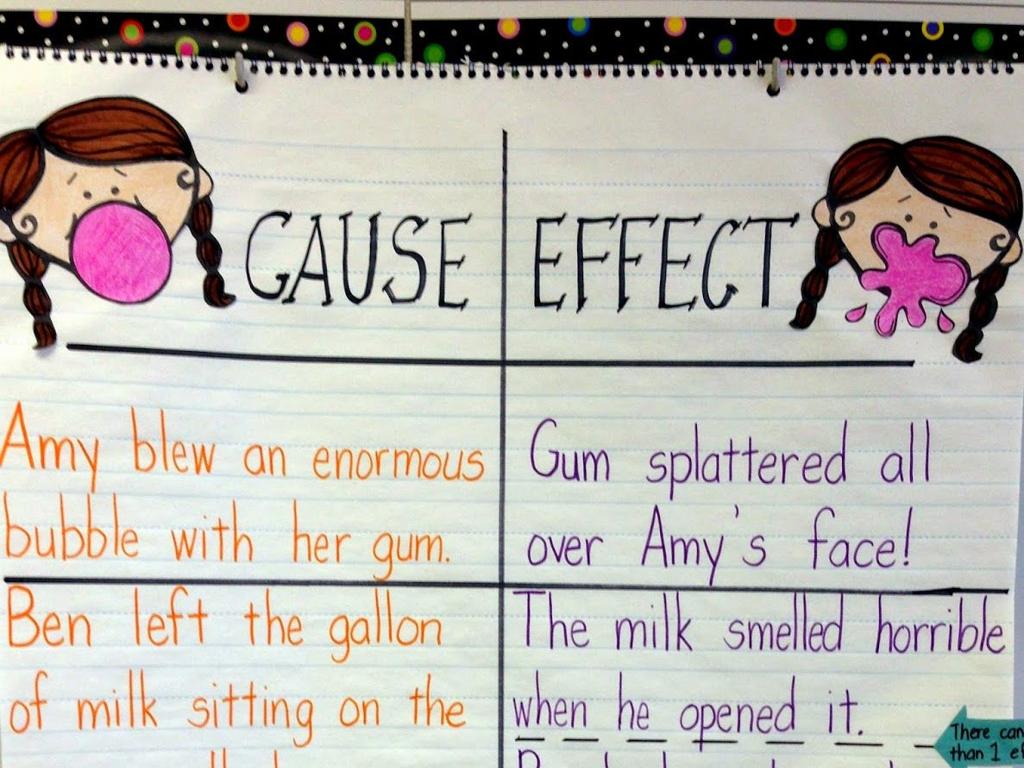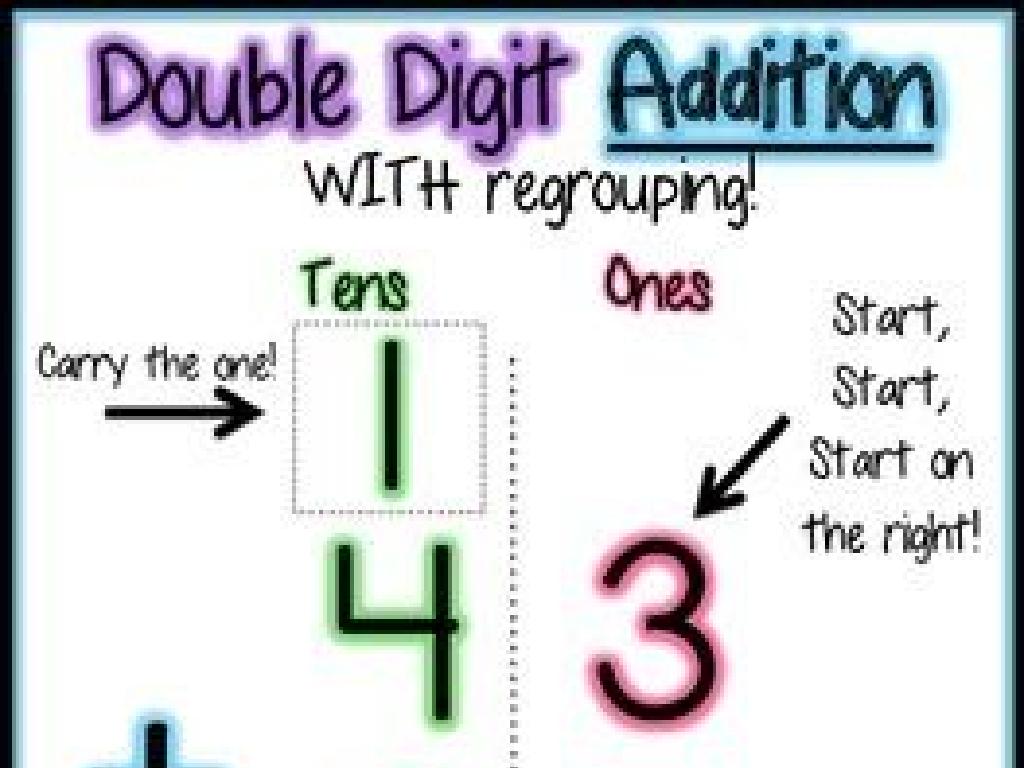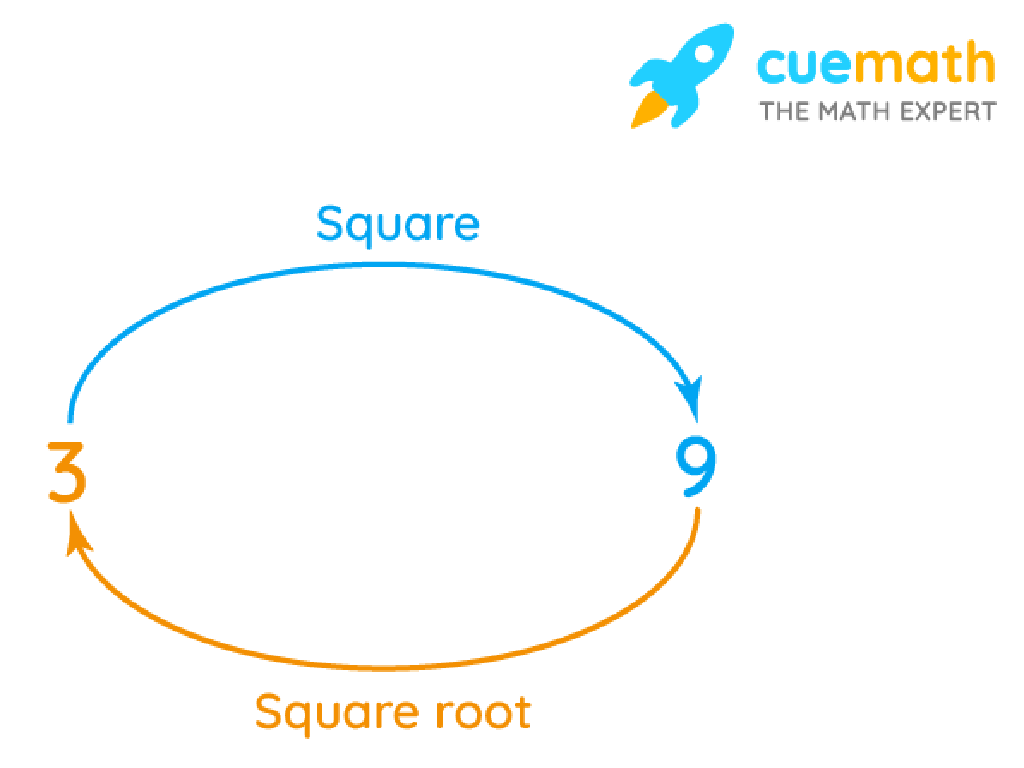Production Decisions And Economic Profit
Subject: Economics
Grade: High school
Topic: Microeconomics
Please LOG IN to download the presentation. Access is available to registered users only.
View More Content
Introduction to Production Decisions
– Microeconomics: A brief overview
– Study of how individuals & firms manage resources
– Defining Production Decisions
– Choices firms make to produce goods/services efficiently
– Economic Profit in Production
– Difference between total revenue and total cost
– Today’s Lesson Focus
|
This slide introduces the concept of production decisions within the framework of microeconomics, which is the study of how individuals and firms manage resources and make choices that affect the supply and demand for goods and services. Production decisions are the choices firms make on what to produce, how to produce, and for whom to produce to maximize efficiency and profits. Economic profit is a key driver of these decisions, representing the difference between a firm’s total revenue and its total costs, including opportunity costs. Today’s lesson will delve into how firms analyze costs and revenues to make production decisions that maximize economic profit. Encourage students to think about how every decision a company makes can affect its profitability.
Production Decisions & Economic Profit
– Reviewing supply and demand
– Basics of market equilibrium and price setting
– Understanding costs: fixed, variable, marginal
– Fixed costs are constant, variable costs change with production, and marginal costs are the cost of producing one more unit
– Explaining revenue and profit
– Revenue is income from sales, profit is revenue minus costs
– Calculating economic profit
– Economic profit considers opportunity costs unlike accounting profit
|
This slide aims to consolidate students’ understanding of the fundamental economic concepts that underpin production decisions and the calculation of economic profit. Begin with a brief review of supply and demand to ensure students can relate these concepts to market equilibrium and price setting. Clarify the different types of costs involved in production, emphasizing the importance of distinguishing between fixed, variable, and marginal costs. Explain how revenue is generated from sales and how profit is calculated by subtracting costs from revenue. Finally, introduce the concept of economic profit, which differs from accounting profit by taking into account opportunity costs. Use examples relevant to high school students, such as the costs and revenues of running a school cafeteria or a student-led business.
Understanding Economic Profit
– Define Economic Profit
– The surplus after subtracting total costs from total revenue, including opportunity costs.
– Contrast with Accounting Profit
– Accounting profit ignores opportunity costs, unlike economic profit.
– Steps to Calculate Economic Profit
– Identify explicit & implicit costs, subtract from total revenue to find economic profit.
– Significance in Business Decisions
|
Economic profit is a measure that captures the true profitability of a business by considering both explicit costs (like raw materials, wages) and implicit costs (like opportunity costs of capital). It differs from accounting profit, which only accounts for explicit costs and is typically reported for financial and tax purposes. To calculate economic profit, students must learn to identify and quantify all relevant costs. Understanding economic profit is crucial for businesses as it influences their production decisions and can determine whether they are truly benefiting from their operations beyond just covering their explicit costs.
Factors Influencing Production Decisions
– Cost-Benefit Analysis in Production
– Weighing total costs against total benefits to maximize profit.
– Impact of Market Competition
– Competitors’ actions influence pricing, output, and profit margins.
– Short-Term vs. Long-Term Decisions
– Short-term: focus on immediate profit; Long-term: sustainable growth.
– Balancing Costs with Economic Profit
– Aim to minimize costs while maximizing revenue and profit over time.
|
This slide aims to introduce students to the critical factors that businesses consider when making production decisions. Cost-benefit analysis is a fundamental tool used to evaluate the profitability of a production decision by comparing the costs incurred to the benefits received. Market competition is another crucial factor, as it dictates how a company prices its products and the quantity it produces. The distinction between short-term and long-term decisions is essential for understanding the different strategies businesses may adopt depending on their goals. Short-term decisions often focus on immediate profitability, while long-term decisions are geared towards the company’s growth and sustainability. Lastly, the concept of economic profit, which is the difference between total revenue and total costs, including opportunity costs, is a key motivator behind production decisions. Students should understand that all these factors interplay to influence how a company operates in the market.
Market Structures & Production Decisions
– Perfect Competition traits
– Many sellers, identical products, price takers
– Monopoly and its impact
– Single seller, unique product, price maker
– Oligopoly features
– Few dominant firms, barriers to entry, non-price competition
– Monopolistic Competition
– Many sellers, product differentiation, some market power
|
This slide aims to outline how different market structures influence the production decisions of firms. In perfect competition, many sellers offer identical products and are price takers, meaning they accept the market price. Monopolies, with a single seller and unique product, have the power to set prices. Oligopolies, with a few dominant firms, often compete without changing price but through marketing and product differences. Monopolistic competition involves many sellers with differentiated products, allowing for some control over price. Examples include agriculture markets for perfect competition, utility companies for monopoly, automobile manufacturers for oligopoly, and restaurants for monopolistic competition. Understanding these structures helps students grasp how firms decide on production quantities and pricing strategies.
Case Study: Local Business Production Decisions
– Examine a local business case
– Analyze costs and revenue
– Fixed vs. variable costs and total revenue impact
– Calculate economic profit
– Economic profit = total revenue – total costs
– Decision-making discussion
– What production level maximizes profit?
|
This slide presents a real-world application of production decisions through a case study of a local business. Students will analyze the business’s costs, including both fixed and variable, and compare them to the revenue generated. They will learn how to calculate economic profit, which is the total revenue minus total costs. The discussion encourages students to apply their knowledge by deciding on the optimal production level for the business to maximize its economic profit. This exercise will help students understand the practical implications of production decisions in a real business scenario and the importance of economic profit in these decisions.
Class Activity: Economic Profit Calculation
– Calculate a company’s economic profit
– Work in groups to discuss results
– Share findings with the class
– Present your group’s rationale
|
This activity is designed to help students understand the concept of economic profit through practical application. Students will calculate the economic profit for a given hypothetical company, taking into account both explicit and implicit costs. After individual calculations, they will form groups to discuss their results and methodologies. This group work encourages collaboration and critical thinking. Finally, each group will present their findings to the class, explaining the rationale behind their calculations. This will foster public speaking skills and allow for a variety of perspectives to be shared. For the teacher: Prepare a hypothetical company’s financial data in advance. Ensure students understand the difference between accounting profit and economic profit. Provide guidance on how to identify and calculate implicit costs. Possible variations of the activity could include companies with different scales of operation or industries.
Conclusion: Economic Profit in Production
– Recap: Production Decisions
– Economic Profit Significance
– Understanding economic profit helps businesses make informed production decisions.
– Q&A Session
– Time to clarify any doubts or questions about the topic.
– Key Takeaways
– Review the main concepts discussed today.
|
This slide wraps up the session on Production Decisions and Economic Profit. Begin by summarizing the key points discussed during the presentation, including how businesses determine the quantity of goods to produce and the costs involved. Emphasize the importance of understanding economic profit, as it is crucial for businesses to make decisions that will lead to long-term financial success. Open the floor for a Q&A session, encouraging students to ask questions to deepen their understanding of the topic. Conclude by highlighting the main takeaways from the lesson, ensuring that students grasp the fundamental concepts of microeconomics related to production decisions and economic profit.






